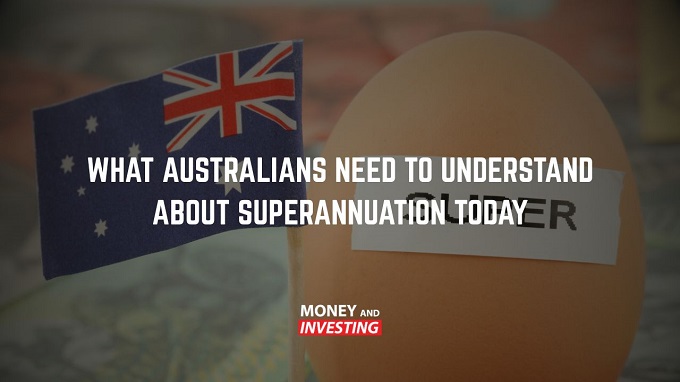Superannuation Insights for Australians: Expert Advice from Andrew Baxter
Superannuation appears regularly in payslips and headlines, yet for many Australians, it remains a confusing topic. Most people only pay attention when their balance makes a noticeable jump — or dip — missing out on strategies that could significantly reduce the years they spend working. Gaining even a basic understanding of how superannuation works can make a huge difference when retirement finally rolls around.
Understanding Super Contributions
As of 2025, Australians can contribute up to $30,000 per year in concessional contributions to their super fund — this includes employer contributions and any voluntary top-ups. These contributions come with valuable tax benefits, but it’s essential to keep track to avoid exceeding the cap.
Originally designed as a joint effort between individuals, employers, and the government, superannuation today largely depends on employer contributions. The super guarantee rate is on track to rise to 12%, helping Australians build a stronger retirement nest egg. However, this increase can also pressure small businesses already navigating annual wage reviews.
Why Superannuation Rules Keep Changing
Superannuation rules are subject to frequent change — especially tax policies. This inconsistency often leads Australians to ignore their super altogether, which is completely understandable. A more stable legislative environment would help workers and retirees feel more confident in planning their futures.
Recent discussions around proposed tax changes — particularly higher taxes on self-managed super funds (SMSFs) exceeding $2 million — create further uncertainty. Though these reforms affect only a small group, they generate anxiety among a broader audience, leaving many wondering whether it’s still worth maximizing their super contributions.
Industry Super Funds: Trusted but Not Flawless
Industry super funds were created for workers in specific sectors — like CBUS for construction workers or Hostplus for hospitality staff. As not-for-profit organizations, they typically reinvest profits back into members’ accounts, offering competitive long-term returns.
Still, not all is perfect. Some funds have faced criticism over data breaches and delayed transactions. Fortunately, new legislation requires underperforming funds to report results in plain language, helping members make informed decisions.
Retail Super Funds: More Choice, More Considerations
Retail super funds, run by commercial institutions, tend to offer a broader range of investment choices. From sustainable tech funds to international bonds, these options may appeal to investors looking for custom strategies.
However, fees can vary significantly between providers. A quick side-by-side comparison of fee structures can help identify the better-value fund. In many cases, the more affordable option becomes clear with just a few clicks.
Self-Managed Super Funds (SMSFs): Maximum Control, More Responsibility
An SMSF gives individuals complete control over their super investments — whether it’s residential property, ASX-listed shares, or even collectible artwork. While once considered exclusive to the wealthy, lower admin and audit costs have made SMSFs accessible to couples with around $250,000 in combined savings.
That said, strict rules apply. For example, if you buy rare wine under your SMSF and drink or display it, you forfeit the tax benefits. Assets must be preserved for retirement — not personal enjoyment — until you legally access your super.
Common Superannuation Mistakes to Avoid
- Starting Late: Delaying contributions means missing out on compounding returns. The earlier you start, the more your money grows.
- Incorrect Asset Allocation: Young workers can take on more risk, while those nearing retirement should prioritize capital preservation.
- Multiple Super Accounts: Having multiple funds can lead to duplicated fees and insurance premiums, reducing your overall balance.
- Ignoring Contribution Limits: Stay informed about annual caps. Using strategies like the bring-forward rule can help you maximise your super in high-income years without penalty.
Planning for Retirement
As retirement approaches, it’s critical to review your financial strategy:
- Budget Realignment: Adjust your spending and investment strategy to match life after full-time work.
- Division 293 Tax Awareness: Earning over $250,000 could trigger a higher super tax rate. Keeping your income in check can help avoid unexpected tax bills.
Final Thoughts from Andrew Baxter
Superannuation remains one of Australia’s most powerful wealth-building tools. While the rules might change, the fundamentals stay the same: consistent contributions, smart asset choices, and strategic planning lead to better retirement outcomes.
According to financial expert Andrew Baxter, seeking professional advice isn’t just a formality — it’s a smart move. Understanding your superannuation options today means enjoying peace of mind tomorrow.
For checklists and practical guidance, visit https://www.andrewbaxter.com.au/ and download your copy of The Wealth Playbook — your step-by-step guide to planning a secure financial future.

Comments
Post a Comment